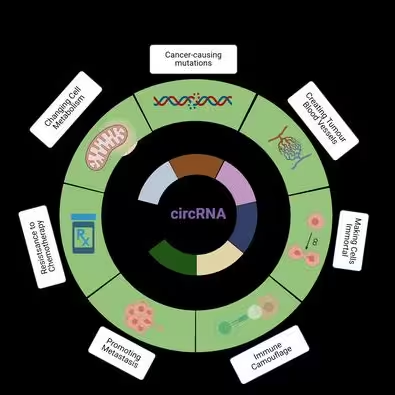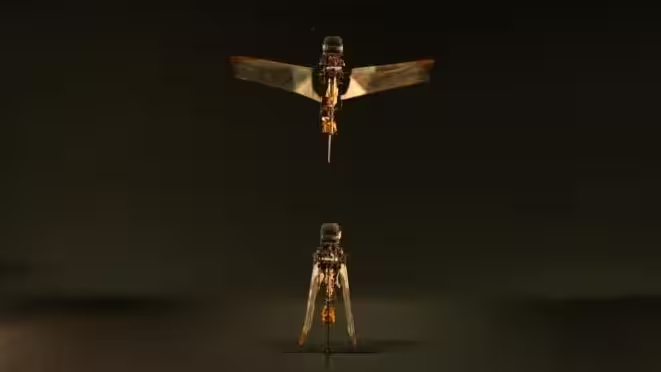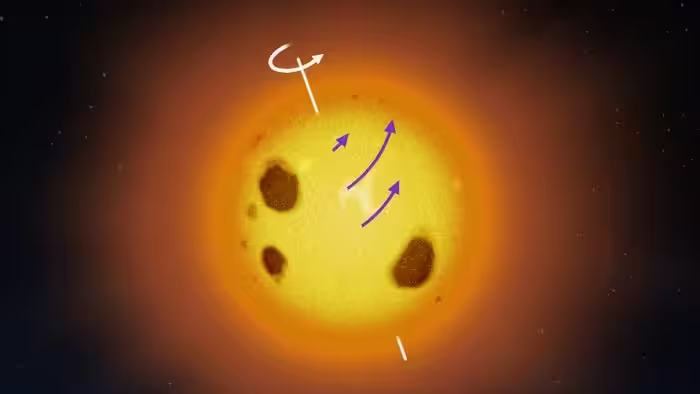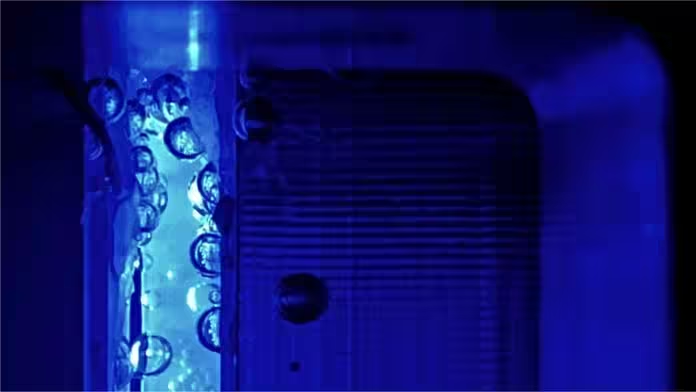Researchers at Flinders University in Australia are investigating circular RNAs to transform cancer diagnosis and treatment over the next 5-10 years.
From Flinders University 07/08/24

Unraveling the complexities of circular RNAs (circRNAs) in cancer biology has positioned scientists on the cusp of revolutionary breakthroughs in the diagnosis and treatment of cancer.
A new Flinders University study published in Nature Reviews Cancer, one of the world’s top-ranking cancer journals, predicts remarkable potential for circular RNAs to improve cancer treatment and patient outcomes within the next 5-10 years.
“Over the past decade, research into circRNAs has emerged as a vital area of study, revealing the crucial role these unique RNA molecules play in cancer biology,” says Flinders University Professor Simon Conn, who leads the Circular RNAs in Cancer Laboratory at the Flinders Health and Medical Research Institute (FHMRI).
“By understanding the specific functions of circRNAs at every stage of cancer, we hope to harness them in the fight against cancer, paving the way for innovative diagnostic and therapeutic developments that may change the landscape of oncology forever.”
RNA is a family of genetic fragments, very similar to DNA, present within human cells.
CircRNA is the most recently discovered type of RNA, which differ from other RNAs in that they are a closed circle, and they have a special significance in the continuing fight to combat cancer.
The study “Circular RNA in Cancer” reviewed key aspects of circRNAs, including how they are made, the way they function in driving cancer, and how they can be exploited as a novel treatment for cancer.
“We only became aware of circRNAs approximately 10 years ago.”
“But in that short time, we have found there are more than 10 times as many circRNAs than all other RNAs combined, and they play a huge role in every stage of almost every cancer – from initiating the first cancer-causing mutation through to metastasis and even making cancer cells resistant to chemotherapy,” he says.

“Information on circRNAs is rapidly advancing, we now know that natural circRNAs can be used to induce an immune response to kill cancer cells, mimicking the way the synthetic COVID-19 vaccine works to target the virus.”
“We’ve also discovered that high levels of circRNAs in certain people can cause mutations in their DNA, which results in a form of blood cancer, called leukemia.”
The study also highlights the potential to use circRNAs as a cancer biomarker.
Lead author, Dr. Vanessa Conn, Senior Researcher at Flinders University, says circRNAs will play an important role in cancer detection and diagnosis in the future.
“CircRNAs can be used as cancer biomarkers in liquid biopsies, such as blood, to help doctors know when cancer starts before it can be imaged by MRI, and even when it is responding to treatment,” says Dr. Vanessa Conn.
“Critically, by using strategies to increase or decrease specific circRNAs in cancer, we can use them as a completely novel therapy that will benefit patients with difficult-to-treat cancers, such as brain cancer and pancreatic cancer.”
“As we continue to uncover the intricate workings of circRNAs, the potential applications in personalized medicine may soon become a reality,” she says.
The Flinders University-based husband and wife research team is continuing the study to investigate circular RNAs’ role in cancer and other diseases.
The article, “Circular RNA in cancer” by Vanessa M. Conn, Arul M. Chinnaiyan, and Simon J. Conn is published in the Nature Reviews Cancer journal, DOI: 10.1038/s41568-024-00721-7.
This study involved researchers from Flinders University and the University of Michigan.
More info
You may also be curious about:
-

Introducing Figure 02: 2nd-gen humanoid
-

Flying like a beetle
-

The blanket that transforms into a bag
-

Revolutionary loop heat pipe transports 10 kW of waste heat – No electricity required
-

The rotation of a nearby star stuns astronomers
-

Unitree unveil wheeled quadruped
-

Green hydrogen: ‘Artificial leaf’ becomes better under pressure
-

Smithsonian proposes biodiversity vault on moon
-

Hydrogen-rich gas inhalation can alleviate exercise-induced fatigue
-

World’s first fully autonomous tandem drift sequence
-

Electric scooter and bike accidents are soaring across the US
-

Patient controls Vision Pro with mind using blood vessel interface
